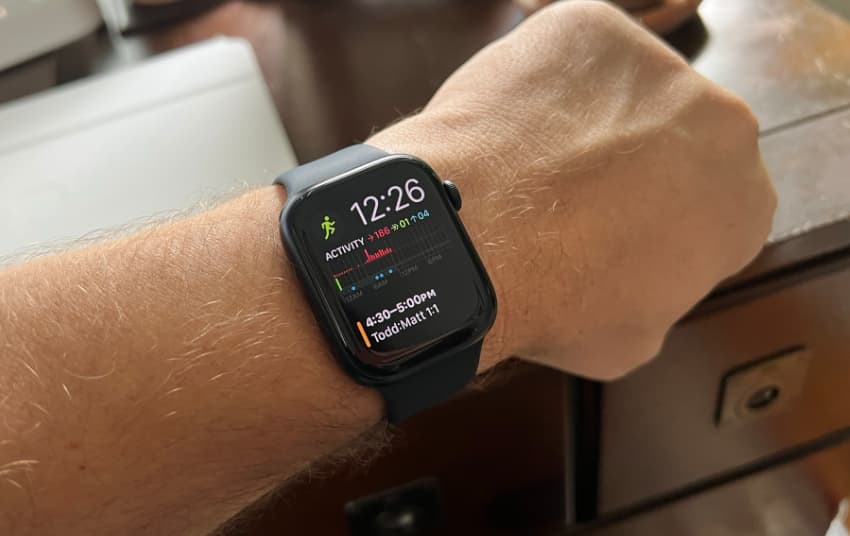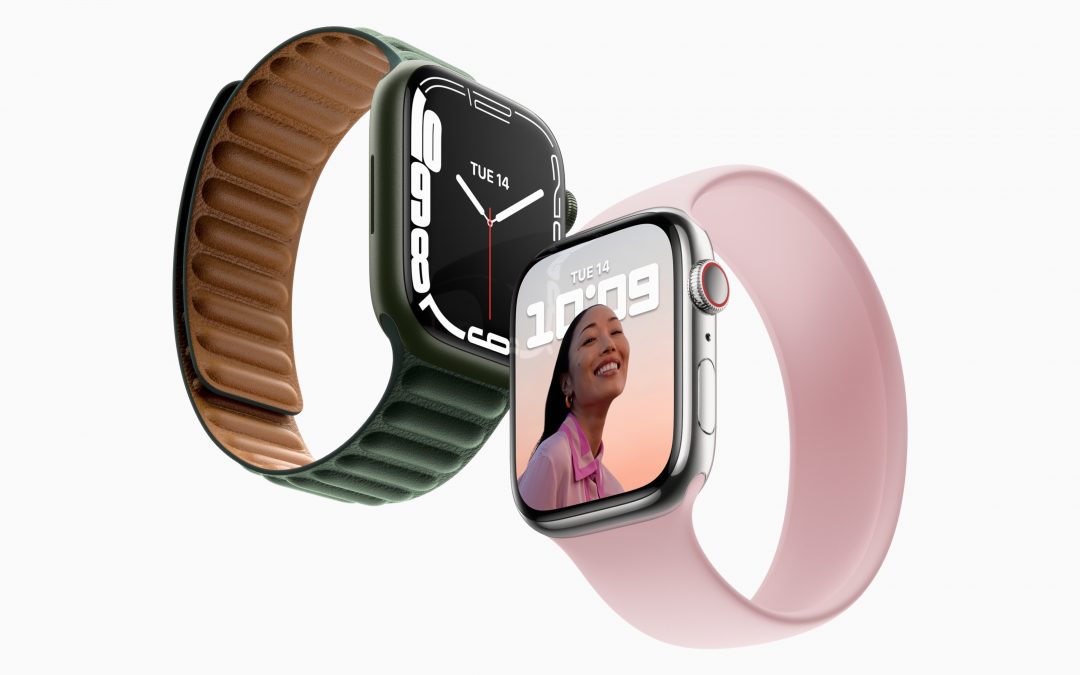Wearable technology has been rapidly gaining popularity over the past few years, and the Apple Watch has been at the forefront of this trend. While the Apple Watch is primarily known for its fitness tracking capabilities, it has also been used to monitor health conditions and even save lives.
One such instance where the Apple Watch was used to detect a serious health issue was in the case of a man who was experiencing gastrointestinal bleeding. The man, who was wearing an Apple Watch at the time, noticed that his heart rate was elevated even though he was not exercising. He also noticed that the heart rate remained elevated even after he had stopped moving around.
Concerned about these unusual readings, the man sought medical attention and was diagnosed with gastrointestinal bleeding. The doctors who treated him were amazed at how the Apple Watch had detected the issue early on, which allowed for timely intervention and potentially saved his life.
How did the Apple Watch save lives?
The incident highlights the potential of wearable technology to monitor and track health conditions, especially those that may not present with obvious symptoms. In the case of gastrointestinal bleeding, for instance, the condition may not always manifest with pain or discomfort, making it difficult for people to know when to seek medical attention. However, with the help of wearable technology such as the Apple Watch, individuals can monitor their heart rate and other vital signs, allowing for early detection and treatment of underlying health issues.

The Apple Watch is equipped with a range of sensors that can monitor various health metrics, including heart rate, blood pressure, and even oxygen saturation levels. It also has features such as fall detection and emergency SOS, which can be life-saving in case of accidents or medical emergencies.
Despite the potential benefits of wearable technology, it is important to note that it should not replace professional medical advice or diagnosis. While the Apple Watch and other wearable devices can provide useful information about our health, they should be used as a supplement to, rather than a replacement for, regular medical check-ups and consultations with healthcare professionals.
Important characteristics of the Apple watch:
Apple Watch is a popular smartwatch designed and manufactured by Apple Inc. Here are some of its key features:
- Display: The Apple Watch has a high-resolution Retina display with an always-on feature, which means you can check the time and other information without waking up the watch.
- Design: Apple Watch comes in various styles, materials, and sizes, making it customizable and versatile. It has a digital crown and a side button that enables you to navigate and interact with the watch.
- Health and fitness tracking: The Apple Watch has several sensors and features that allow you to monitor your health and fitness, such as heart rate monitoring, ECG, fall detection, workout tracking, and sleep tracking.
- Communication: With cellular connectivity, you can make and receive calls, send messages, and access the internet directly from your watch. It also has built-in speakers and microphones.
- Apps: The Apple Watch has a wide range of apps that you can download and use, including those for productivity, entertainment, and health.
- Siri: You can access Apple’s virtual assistant, Siri, from your watch to perform various tasks, such as setting reminders, sending messages, and getting directions.
- Wallet: The Apple Watch allows you to make payments using Apple Pay, and it also has a built-in wallet for storing boarding passes, tickets, and other items.
What benefits does the Apple watch have?
Apple Watch is a popular smartwatch designed and manufactured by Apple Inc. Here are some of its key features:
- Display: The Apple Watch has a high-resolution Retina display with an always-on feature, which means you can check the time and other information without waking up the watch.
- Design: Apple Watch comes in various styles, materials, and sizes, making it customizable and versatile. It has a digital crown and a side button that enables you to navigate and interact with the watch.
- Health and fitness tracking: The Apple Watch has several sensors and features that allow you to monitor your health and fitness, such as heart rate monitoring, ECG, fall detection, workout tracking, and sleep tracking.
- Communication: With cellular connectivity, you can make and receive calls, send messages, and access the internet directly from your watch. It also has built-in speakers and microphones.
- Apps: The Apple Watch has a wide range of apps that you can download and use, including those for productivity, entertainment, and health.
- Siri: You can access Apple’s virtual assistant, Siri, from your watch to perform various tasks, such as setting reminders, sending messages, and getting directions.
- Wallet: The Apple Watch allows you to make payments using Apple Pay, and it also has a built-in wallet for storing boarding passes, tickets, and other items.
How much does an Apple Watch cost?
The prices may vary depending on the specific model, size, and additional features.
Here are the starting prices for each model:
- Apple Watch Series 3: $199
- Apple Watch SE: $279
- Apple Watch Series 6: $399
- Apple Watch Series 7: $399 (starting price)
Conclusion
In conclusion, the incident of the man with gastrointestinal bleeding underscores the potential of wearable technology, specifically the Apple Watch, to monitor and track our health. As wearable technology continues to evolve, it has the potential to transform healthcare by allowing for more personalized and proactive healthcare interventions. However, it is important to use these devices responsibly and in conjunction with regular medical check-ups to ensure optimal health outcomes.

